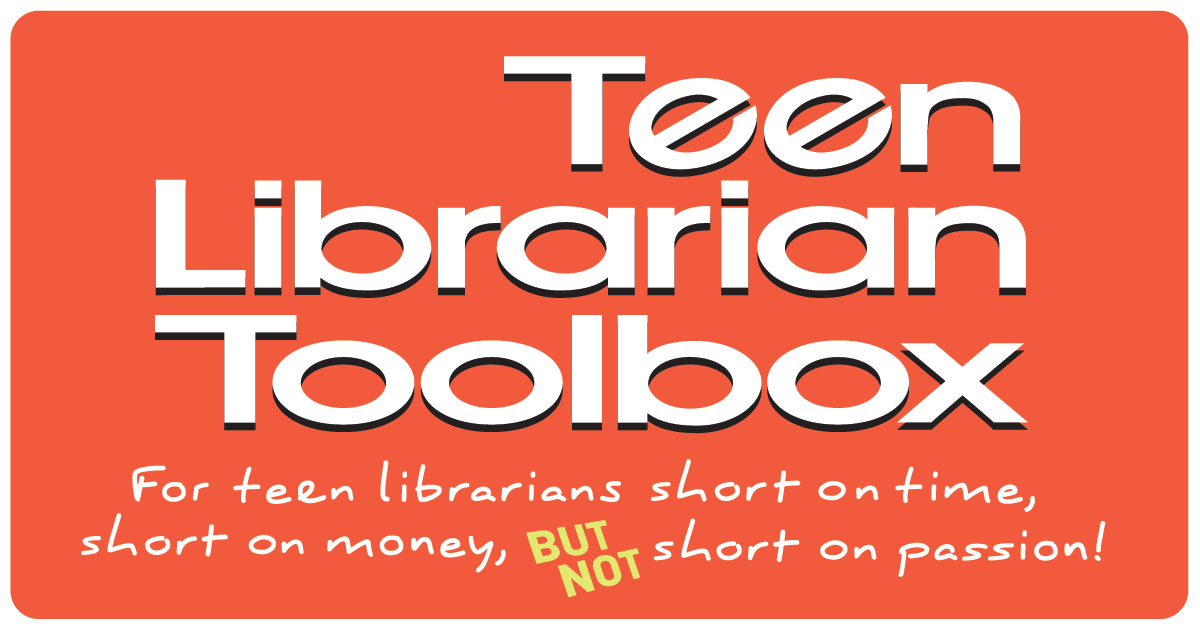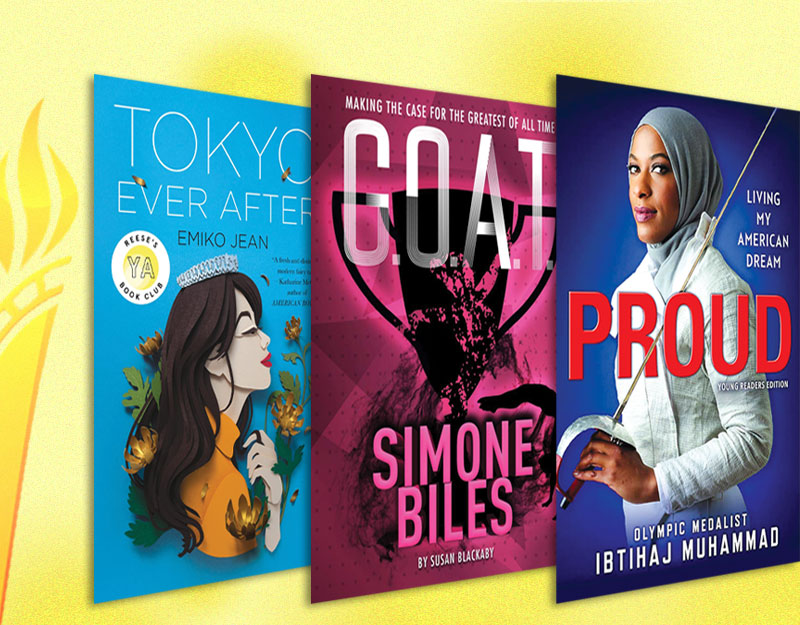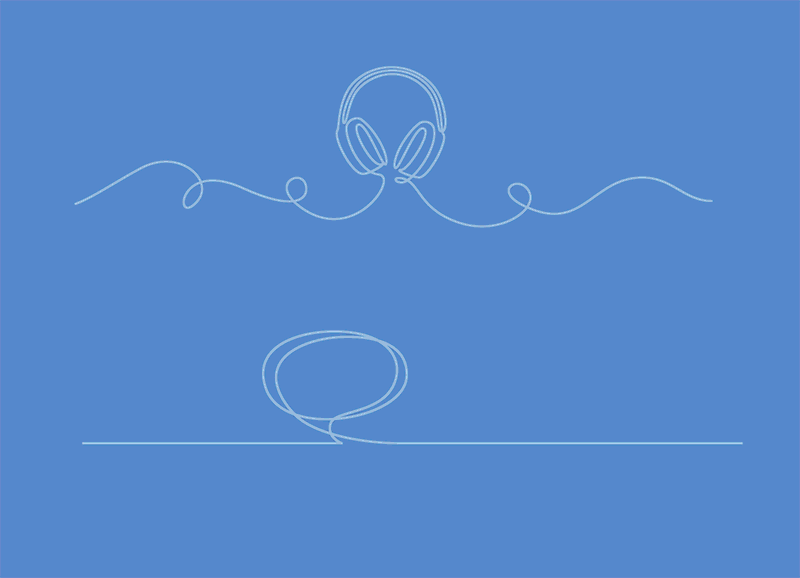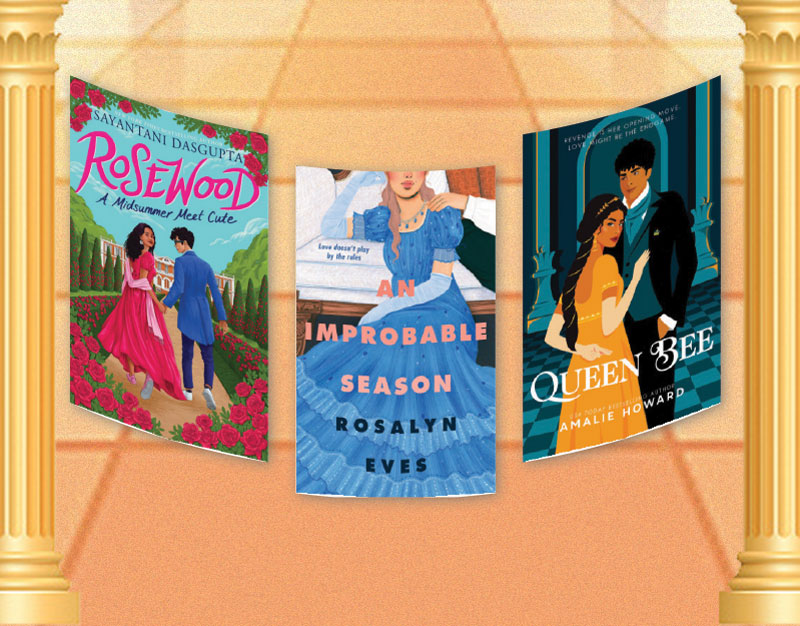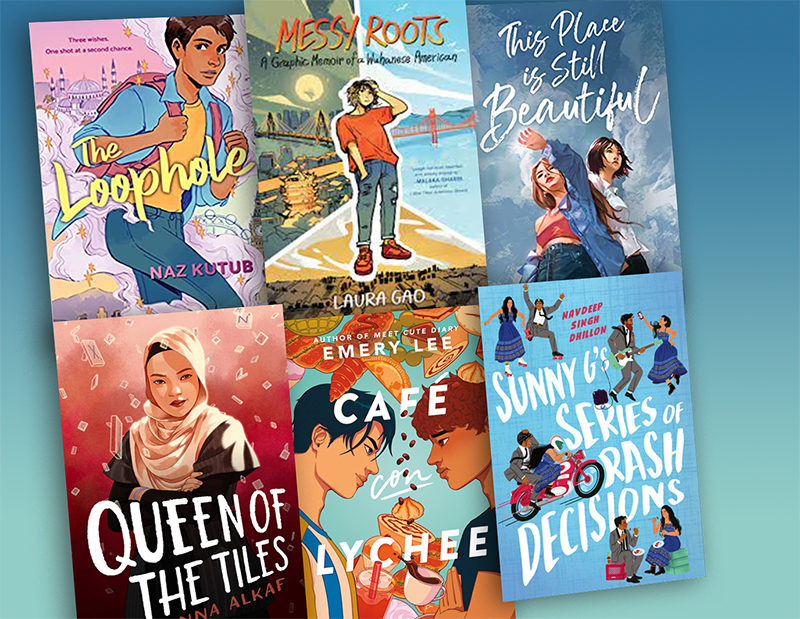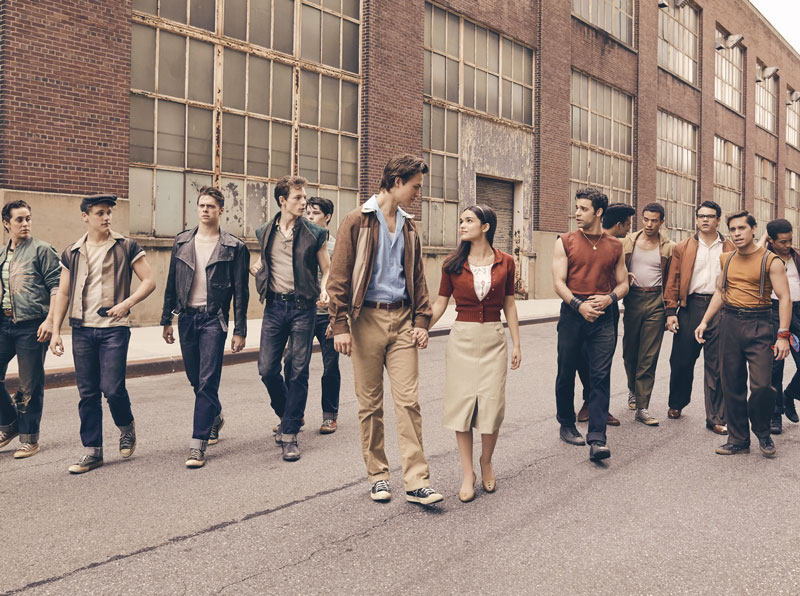From The Way I Used to Be to The Way I Am Now: A Timeline, a guest post by Amber Smith

*Content warning: this post includes a discussion of sexual assault
Timing plays such a pivotal role in so much of life, and that could not be more true than in the life of my new book, The Way I Am Now, a sequel that has been seven years (or maybe more) in the making.
As a writer whose background is not in writing, my art historian brain often tends to create a lot of timelines in its attempt to make sense of things. In my first career in the museum world, I was very aware of the way art reflects what’s happening in the world. But it’s only recently that I’ve looked at my own books through that lens and tried to follow the thread from The Way I Used to Be to The Way I Am Now. What I found was a sort of pilgrimage through the evolution of my main character’s story…and my own.
ADVERTISEMENT
ADVERTISEMENT
1999
As a senior in high school, I volunteered in my school library during my lunches and free periods. I loved it there. It was my safe space. I had just turned seventeen that October when I was helping my librarian unbox a shipment of new books. She pulled out a fresh, never-before-opened hardcover copy of Speak by Laurie Halse Anderson and asked me, very nonchalantly, if I would read it over the weekend and let her know what I thought.
In retrospect, I imagine this was not as casual of a request as it appeared at the time. On some level, I suspect she knew this was a book that I needed. She was right. I did need it. It saved me. I felt understood. Reading that book was like looking into a mirror and, for the first time, being able to have compassion for myself. It gave me a voice before I knew how to use my own.
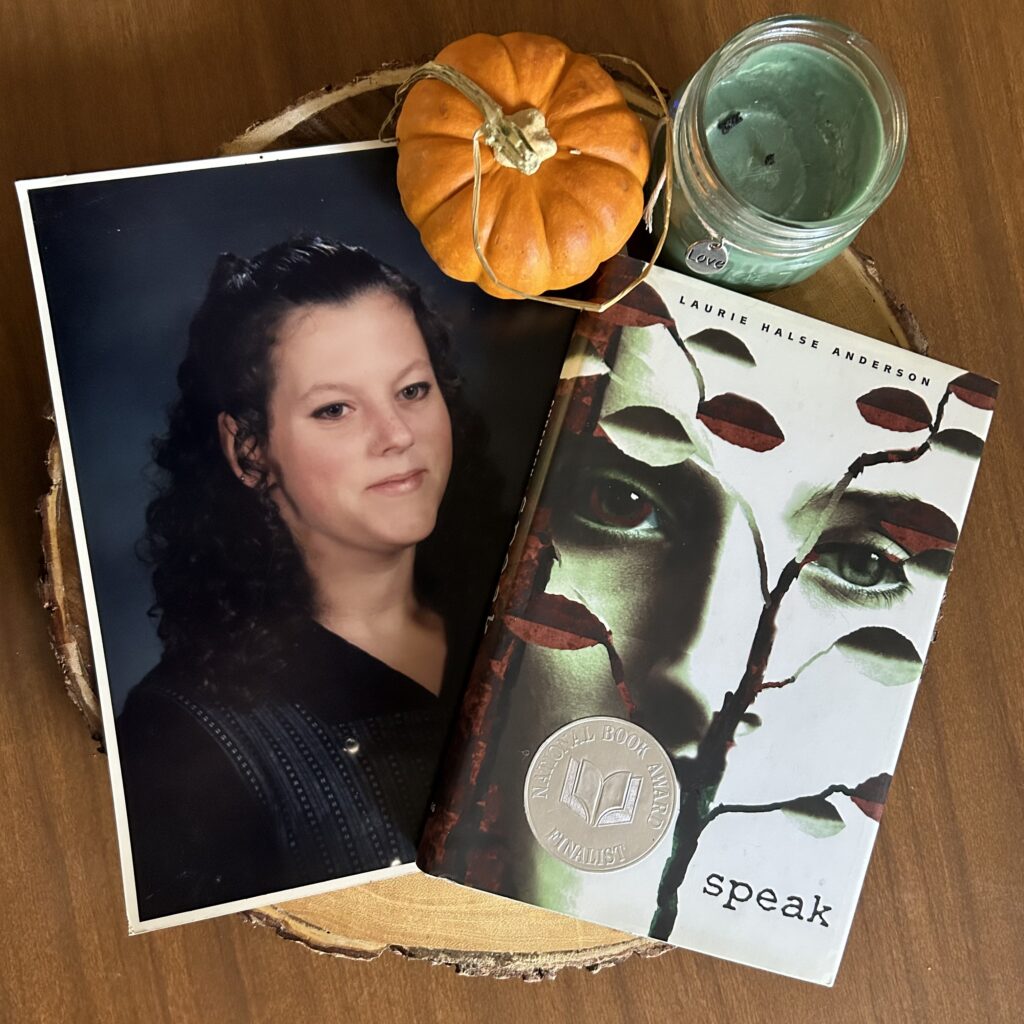
2010
Ten years later, I was out of grad school and working in my first “real” job—one that was permanent and actually made use of my degrees. I had a newfound sense of security and control over my life I hadn’t known before, and I don’t think it’s a coincidence that it was during this time that I started writing a story.
It was about a girl named Eden who was raped in her freshman year of high school. She started as a shy, quiet, self-proclaimed band geek who (surprise!) also volunteered in her school’s library. But the trauma she endured changed her.
I worked furiously on this book for a couple of years and then it sat, so nearly finished, in a folder on my computer. It didn’t have an ending, and it took me a while to get comfortable with that. I found an agent to represent the book, and through revision upon revision, the ending—or lack thereof—never changed.
2014
For years no one wanted this book. I was given great feedback—some disappointing, some encouraging—but ultimately the consensus seemed to be there was not a place on publishers’ lists for my book. Finally, after years of rejection, and the timing not being right, Eden’s story sold! It was going to be published. Not coincidentally, it sold right as we were beginning to see more serious mainstream dialogue about sexual assault taking place, with media covering the sexual assault crisis happening on American college campuses. Namely, how poorly these cases were being handled, if at all. At last, the time was right. The world had made space for Eden’s story.
2016
The Way I Used to Be came out in early 2016. Even at the time of its publication, it still didn’t have an “ending”—at least not one that was tied up with a neat bow—but by then it was intentional. Readers seemed to connect with Eden right away, but a lot of people commented on or asked me about the ending. Eden’s story wasn’t over, but I vowed to myself that I wouldn’t write an ending I didn’t believe could really happen. The media had been filled with failures of the justice system and society in dealing properly with assaults—too many victims were being let down. I wasn’t going to write Eden a happily ever after where she found all the love, support, and justice she deserved after her assault because that wasn’t the reality at the time.
2017
The following year, we saw the MeToo movement take off in a huge and powerful way. It brought about changes in people’s attitudes and beliefs about sexual violence and how we treat survivors. It also brought new visibility and readers to my book. It was around this time, with the influx of readers, when I began hearing from so many people asking the questions I’d hoped the open-ended nature of the book would evoke: What happens next? Will Eden ever find justice? Will her friends and family understand? Will she have a second chance at love? Will there ever be a sequel?
At that time, I had no intention of answering those questions, but I was thankful they were being asked, and that people thought deeply about what would become of Eden after the book ended. I was grateful that it seemed she was more than just a fictional character to them—because she certainly was more than a character to me.
2021
Two things happened. One: I learned that all of my young adult books had been banned in multiple states. And two: I also learned that The Way I Used to Be was having a big resurgence on social media. I think the two were very much related, and together they prompted me to begin thinking more seriously about finally writing a sequel to Eden’s story.
After MeToo there was progress for sure, but also a lot of backlash leading up to and including last year’s overturning of Roe v. Wade. The censorship of both bodies and books in recent years has centered on groups that face inequity and discrimination. Groups that often face assault, abuse, and mistreatment. We’re seeing a lot of voices trying to be silenced, voices that readers want to talk about and explore and likely relate to. I’m thankful that The Way I Used to Be is one of the books that people have picked up to be a part of that conversation. The same hasn’t been true for the vast majority of banned books, which have largely been displaced without fanfare as they disappeared from the shelves. My own included. Even Speak—by now a modern classic—the very book that helped me to make it to the point in my life where I could speak was once again being pulled from shelves.
It was and continues to be a dark time, but all of these factors, including the call from readers for a sequel, lent a sense of urgency to finally commit to writing Eden’s next chapter.
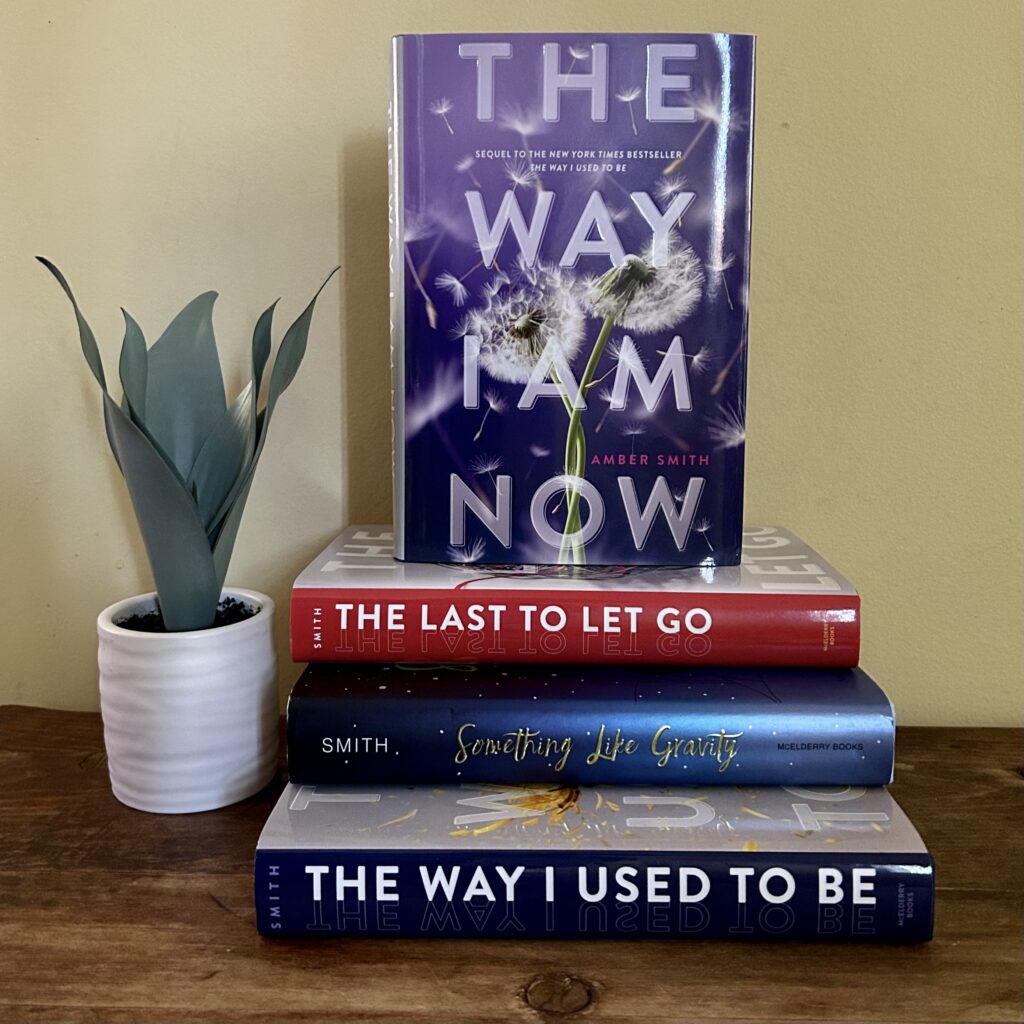
Today
It’s been amazing to see the way that Eden’s story is being embraced so widely again. To feel once again that the time is right to continue her story and imagine what healing, justice, and, especially, love, could look like for her in our post-MeToo world. Even more amazing is how those questions about the ending finally have clearer answers. They aren’t perfect, they aren’t all happy, but they have hope in them.
My healing journey has paralleled Eden’s in many ways. As a survivor who has struggled to speak my truth, writing the first book helped me to find my voice. I hope that one of the messages that shines through in this new book is that the potential for healing and thriving are always within reach because they are always within us. And I hope that message stays accessible, on shelves, so that young people can continue to believe in the power of stories to heal and connect.
Meet the author
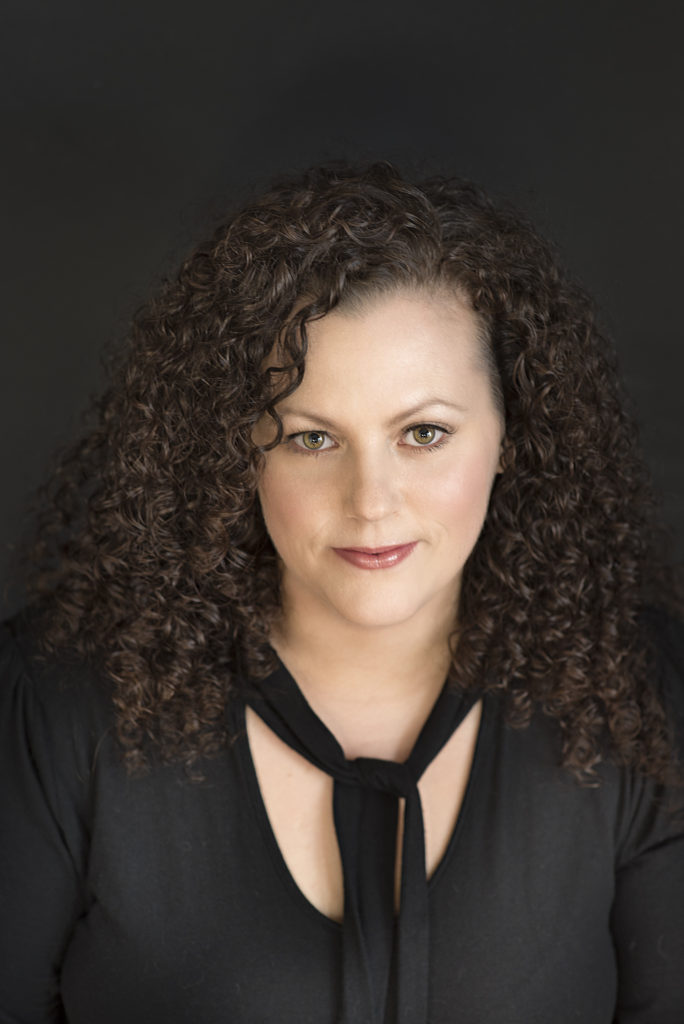
ADVERTISEMENT
ADVERTISEMENT
Amber Smith is the New York Times bestselling author of the young adult novels The Way I Used to Be, The Last to Let Go, Something Like Gravity, and The Way I Am Now. An advocate for increased awareness of gendered violence, as well as LGBTQ equality, she writes in the hope that her books can help to foster change and spark dialogue surrounding these issues. She grew up in Buffalo, New York, and now lives in Charlotte, North Carolina, with her wife and their ever-growing family of rescued dogs and cats. You can find her online at AmberSmithAuthor.com.
About The Way I Am Now
Eden and Josh decide to give their relationship another chance in this much anticipated sequel to the New York Times bestseller The Way I Used to Be that explores how to move forward after trauma—in life and in love.
Eden and Josh never had a fair shot at a healthy relationship. When they dated in high school, they each had their own problems getting in the way of the deep connection they felt toward one another. Unbeknownst to Josh, Eden was carrying the burden of a devastating sexual assault, while Josh was dealing with his own private struggle of having an alcoholic father.
Months after Eden and two other girls publicly accuse their rapist, Eden is starting college while her case goes to trial. Now when she and Josh reconnect, it seems like it might finally be in the right place at the right time for them to make it work. But is their love strong enough to withstand the challenges and chaos of college and the crushing realities of a trial that will determine whether Eden gets the justice she deserves?
ISBN-13: 9781665947107
Publisher: Margaret K. McElderry Books
Publication date: 11/07/2023
Series: The Way I Used to Be
Age Range: 14 – 18 Years
Filed under: Guest Post
About Amanda MacGregor
Amanda MacGregor works in an elementary library, loves dogs, and can be found on Twitter @CiteSomething.
ADVERTISEMENT
ADVERTISEMENT
SLJ Blog Network
Name That LEGO Book Cover! (#53)
Cover Reveal and Q&A: The One and Only Googoosh with Azadeh Westergaard
Exclusive: Vol. 2 of The Weirn Books Is Coming in October | News
Fighting Public School Book Bans with the Civil Rights Act
ADVERTISEMENT

